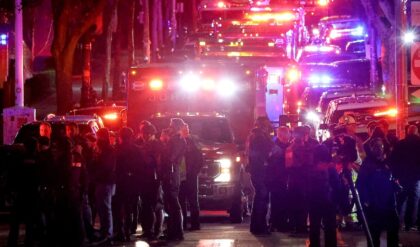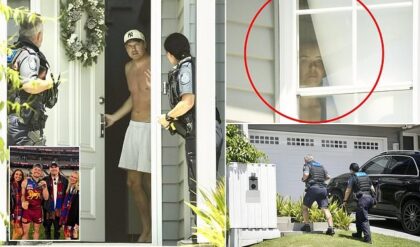True Detective is one of the most groundbreaking works of filmmaking, as it proved that television was not a “lesser” medium when compared to cinema. While this may in part be because the series frequently casts major film stars in its leading roles, True Detective has achieved its acclaimed reputation due to its technical precision and unique artistic approach to the investigative thriller genre. Rather than simply reiterating the tone of a network procedural thriller, True Detective draws influence from great works of horror, crime, and arthouse cinema. These comparisons are most evident in the latest and fourth iteration of the franchise, as True Detective: Night Country has strong visual, thematic, and aesthetic parallels with John Carpenter’s classic science fiction horror film, The Thing.
How ‘True Detective: Night Country’ Homages ‘The Thing’
True Detective: Night Country is a bold new interpretation of the franchise that replaces the enigmatic gothic noir influences of the previous seasons with a slice of winter horror. Set within the isolated town of Ennis, Alaska, the series follows Police Chief Liz Danvers (Jodie Foster) as she investigates the disappearance of eight men working at the Tsalal Research Station. Trooper Evangeline Navarro (Kali Reis) starts her own investigation, but neither law enforcement officer is able to understand the inexplicable lack of evidence surrounding the mystery, which seems almost supernatural. In a direct nod to Carpenter, a DVD copy of The Thing can be seen when Danvers searches the facility for clues. Showrunner Issa López confirmed the inspiration she took from the horror classic, telling Inverse, “The Thing is a huge [inspiration], and I’m not shy about it,” adding “I’m super proud about it.”
While this is a fun Easter Egg that acknowledges the strong association between The Thing and any winter-bound mystery story, the references indicate that True Detective: Night Country has a stronger element of horror than previous iterations of the show. While the initial installments of previous seasons focused on identifying witnesses, collecting crime scene evidence, and theorizing about potential motives, Danvers and Navarro are faced with what appears to be a freak of nature. While they are both veteran investigators with a plethora of experience, both characters struggle to explain how (or why) a facility like this could be targeted; like The Thing, it’s scary because there is no obvious killer or answer. The influence of The Thing weighed heavily within these sequences, with López confirming that she even created some of the iconic shots. She told Inverse that “you cannot do anything that is a tense, tense survival whodunit with horror elements that doesn’t reference The Thing,” and cited the 1982 classic as a “masterpiece of horror.”
There are obvious comparisons to be drawn between True Detective: Night Country and The Thing based on location, as the Tsalal Research Station shares many visual hallmarks with the iconic bunker from Carpenter’s classic. However, True Detective: Night Country draws a deeper connection to The Thing by highlighting the perils of isolation. The scariest aspect of The Thing is that any threat R.J. MacReady (Kurt Russell) and his team encounter will be left to them alone to fight; they aren’t going to receive outside assistance that could subdue or explain the alien creature. Similarly, True Detective: Night Country explores a secluded town that is far away from any other civilized community. Foster perfectly captures the pressure this puts on Danvers, as she knows that the responsibility of solving the case rests entirely on her shoulders.
‘True Detective: Night Country’ Uses Slow Burning Tension
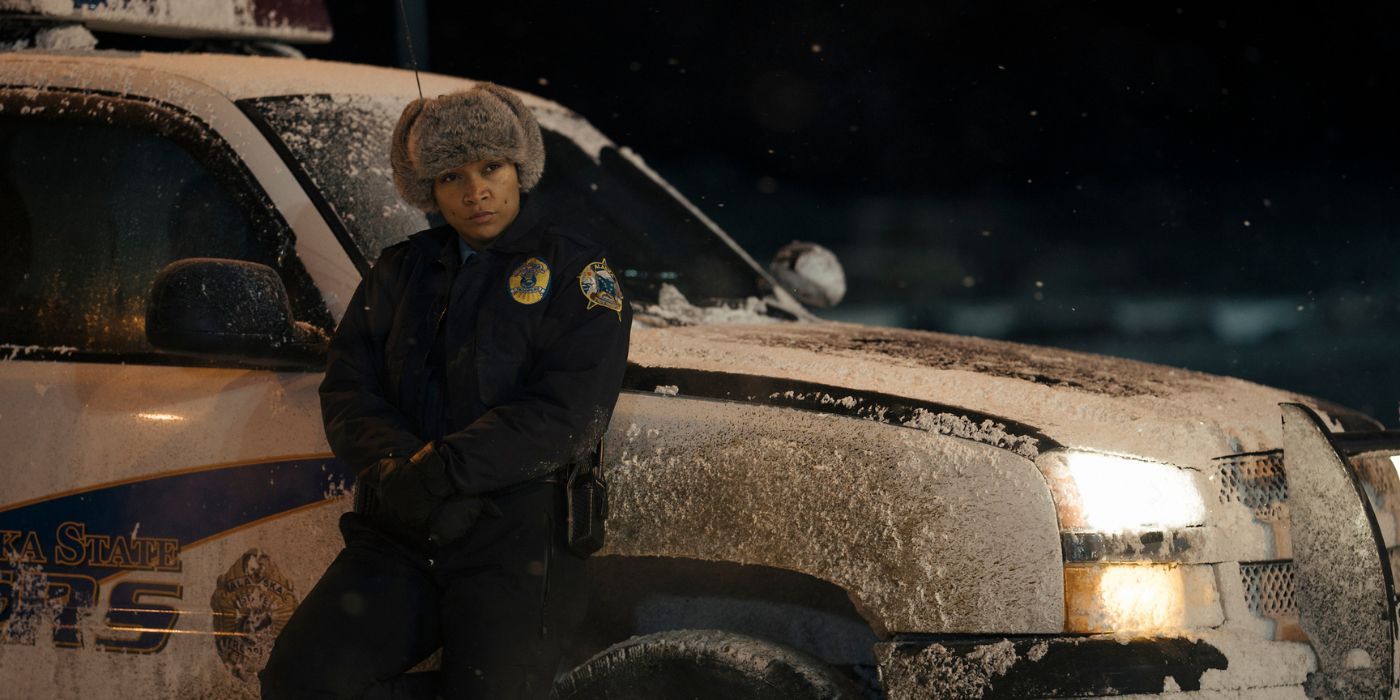
One of the recurring hallmarks within Carpenter’s most intense movies is a lack of jump scares. While his work frequently features horrific imagery, Carpenter uses subtle shifts in mood to create uneasiness instead of shocking the audience for a brief instance. True Detective: Night Country takes a similar slow-burn approach to its horror, as the perpetual darkness of the Alaskan environment creates a false sense of time; it’s never entirely clear when one day ends and the other begins. This haunting, dreamlike quality gives the series a sense of otherworldliness that is much spookier than a series of graphic death sequences would have been. The vaugeness of these sequences was intentional on Lopez’s part; she revealed that she wanted to leave the audience with “a taste of something incredibly sinister happening behind the scenes, with big powers in the real world and darker powers on the other side.”
True Detective: Night Country utilizes a Carpenter technique of leaving the most graphic moments up to the audience’s imagination, playing on their anxieties about what could have occurred. The first episode sets up a mystery surrounding the death of Anne Masu Kowtok (Nivi Pedersen), a Native woman whose severed tongue is discovered by Danvers at the facility. While showing Anne’s death may have made for a disturbing moment, López does a great job at using the severed tongue as a way to suggest what other horrors could be unearthed. This allows the show to fully invest in Danvers’ perspective, as the audience is exposed to the same amount of information that she is.
True Detective’s use of bizarre and evocative imagery adds additional tension as it creates an atmosphere of perpetual dread. The strange patterns of wild animals local in Alaska suggest that the balance of nature is itself being disrupted; this is a clever callback to The Thing, in which the creature itself can take multiple forms. While the emergence of a polar bear in the middle of the street may not be directly linked to the murder investigation, it adds a palpable atmosphere of suspense to the series. Like in The Thing, the greatest horrors can be hiding in plain sight. While True Detective: Night Country still has several tricks up its sleeve, Lopez teased that she wanted to set the new installment “in a place where the veil between this world and other things gets thin.”
How ‘True Detective’ and ‘The Thing’ Explore Paranoia
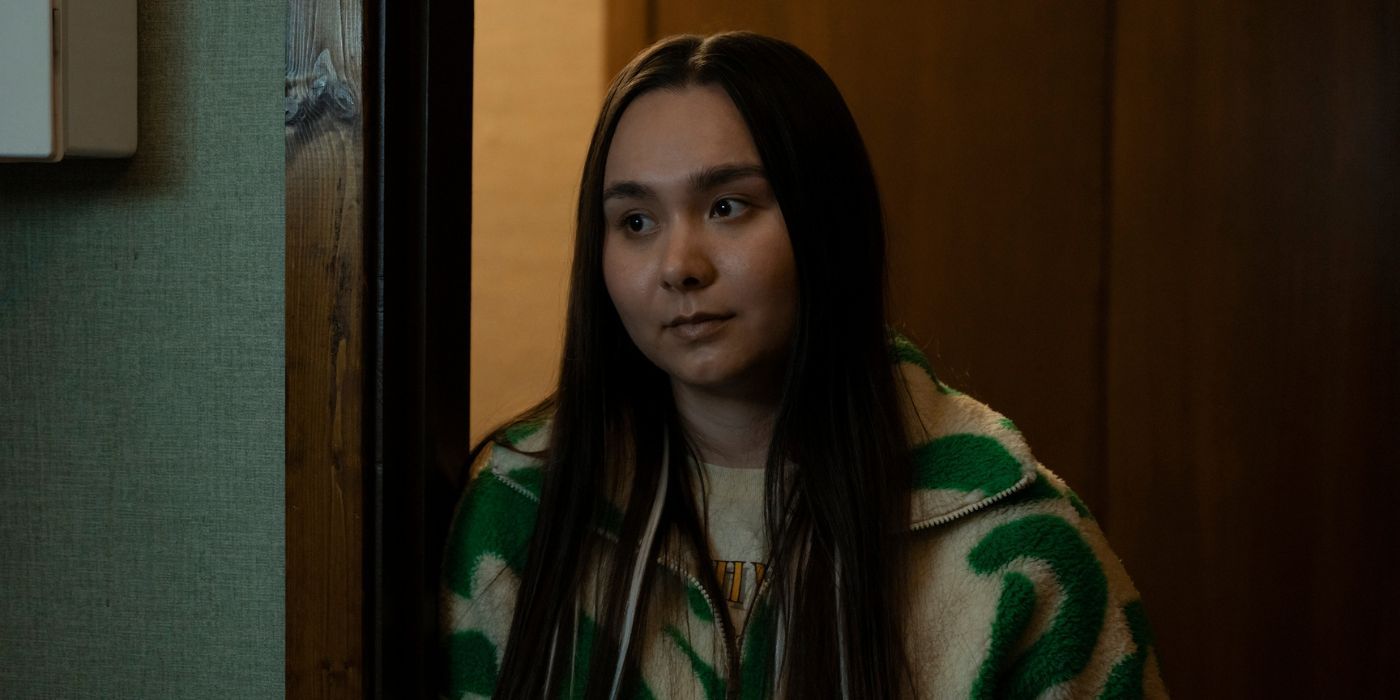
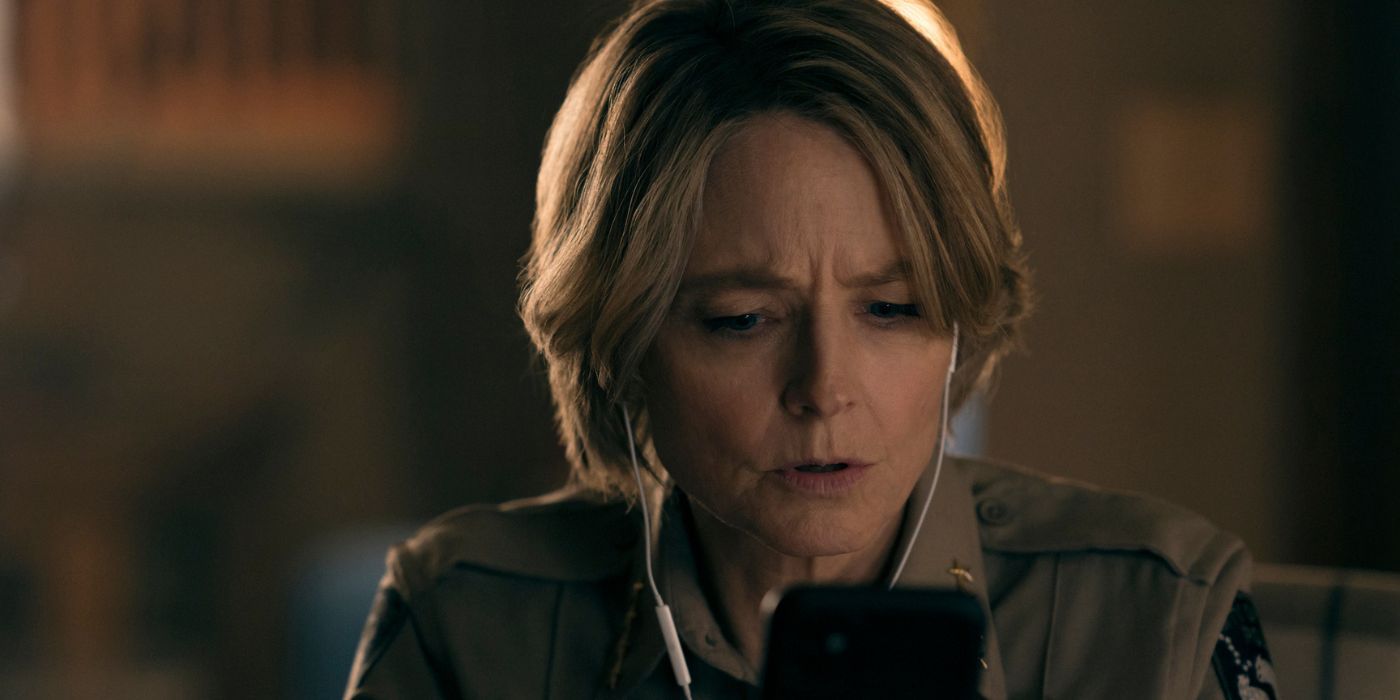
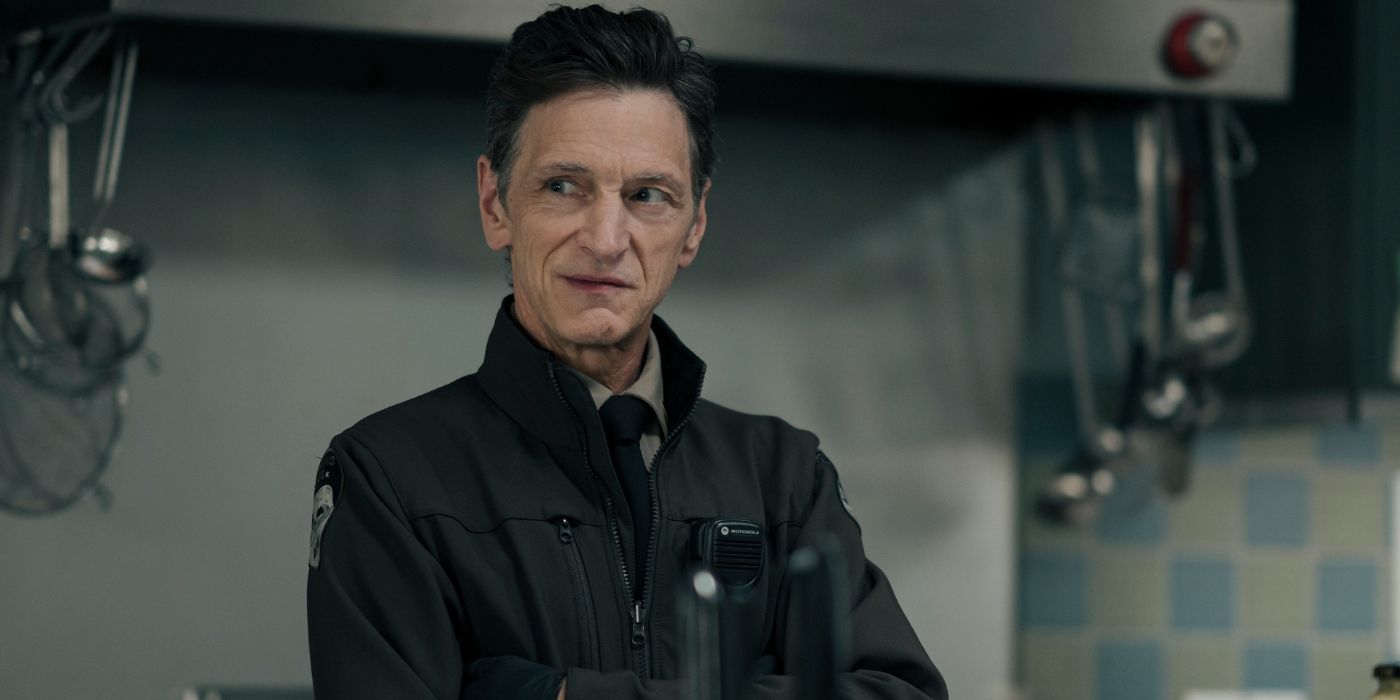
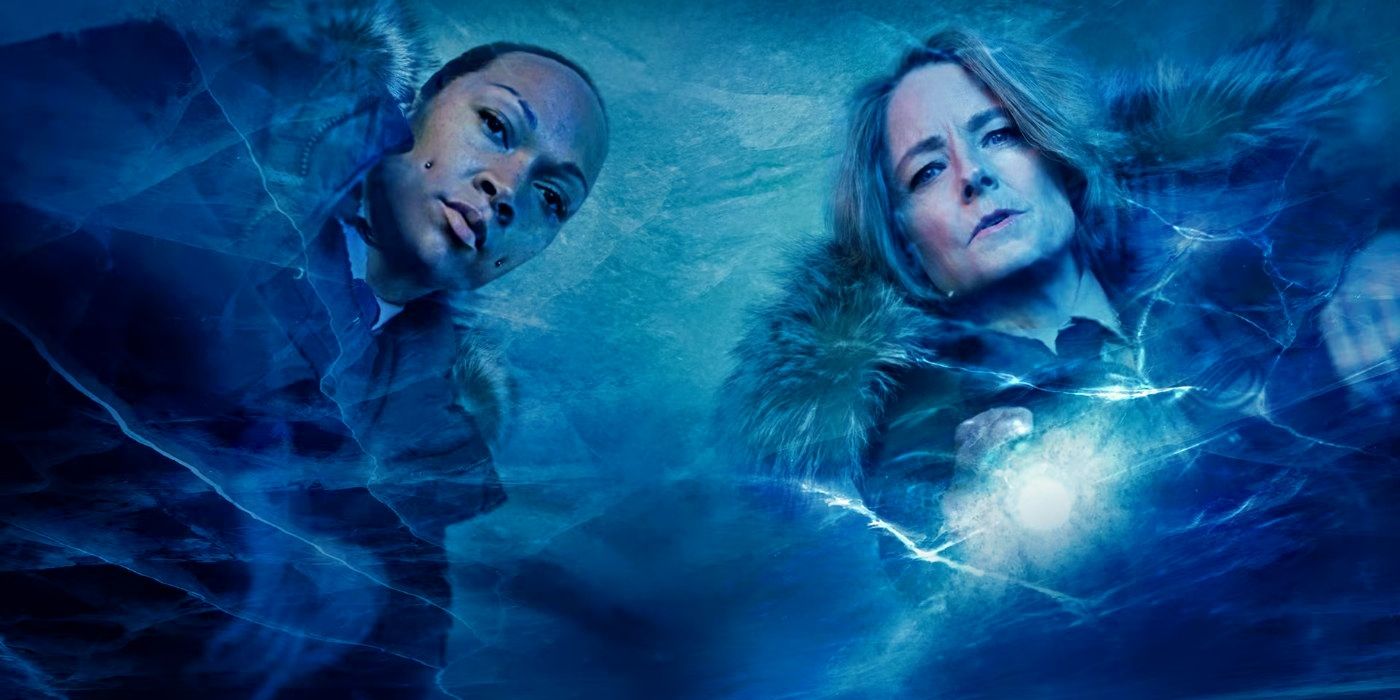
Although the title itself is a reference to an enigmatic alien creature, The Thing’s greatest terror is the sense of paranoia that emerges once the facility’s various inhabitants begin to question each other’s motivations. Given that the creature can occupy anyone’s body and pass as a human, the characters begin to buckle under the tension and resort to violent extremes. This sense of uneasiness is also evident in True Detective: Night Country, as the pre-existing tension between different characters means they will have a difficult time pooling their knowledge together to solve the crime.
The lack of trust between the characters in True Detective: Night Country foreshadows a dark turn in the story, as it’s clear that the various detectives have different motivations for working in law enforcement. There is clearly tension between Navarro and Danvers, and Peter Prior (John Bennett) goes out of his way to deceive his father, Hank (John Hawkes). While this team of investigators may not have to deal with an alien creature, they’re entirely unprepared for the threat bound to emerge due to their deceptive treatment of each other.
